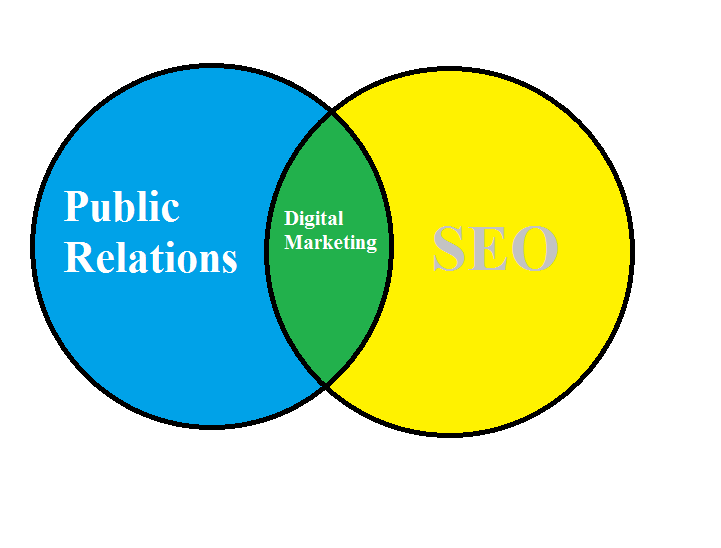Insert links into press releases that include targeted keywords in the text of the links and then publish and distribute them throughout the Internet. If you work in public relations, that statement is probably what you think when you hear the term “SEO.” But the reality is a little more complicated.
First, as we wrote recently, Google has rightfully killed so-called the above-described “SEO press releases.” As PR professionals have always known, the purpose of news releases is to get coverage and not links directly. (The best links for “SEO” purposes then come indirectly from the coverage.)
Following many updates to Google’s algorithm, the old “black-hat SEO methods” no longer work, thankfully leaving only the “white-hat” ones. And as it turns out, a lot of “white-hat SEO” is actually PR by another name and something that websites have been doing (usually unknowingly) since the 1990s.
Digital marketers are coming to understand that the best method of what is called “off-page SEO” has always been public relations – though it is often called “guest posts,” “e-mail outreach,” and “content plus outreach” today. In one sense, it is the process of building a brand online and offline because Google rewards recognized, authoritative brands with high rankings in search results. (For more information on this practice in the context of media relations and Internet marketing, see my presentation at SMX West and essay on Moz.)
In a similar context, public relations professionals can use various specific digital-marketing practices to promote and publicize their companies and clients. After all, the Public Relations Society of America’s modern definition of PR is “a strategic communication process that builds mutually beneficial relationships between organizations and their publics” – and today, “their publics” are almost always looking up things in search engines and participating on social media.
In the online world, here are just a few “SEO” and “Internet marketing” principles and strategies that public-relations practitioners need to incorporate.
- Learn how to use website analytics. Google Webmaster Tools (GWT), as Jayson DeMers writes at Search Engine Journal, can tell you how many searches are being performed for a given brand name (or any other search term) over a given time period. If the number of searches for “Widgets, Inc.” goes up (or not) following a PR campaign, then that is one metric of success. Cheryl Conner at Forbes says that Google Analytics and GWT offer other data such as Bounce Rate (the percentage of visitors who visit a website and then leave without clicking anywhere else). If the traffic to a client’s website from a press release or article tends to bounce, then perhaps that release or news story was not very relevant to the desired audience.
- Build a Google+ presence. As we have written before, Google+ is more than just the search engine giant’s answer to Facebook. Websites that people have “+1ed” will tend to appear more often in (personalized) Google search. Authorship code can be used to associate pieces of online content with (and build the brand of) a particular person, whose name can appear next to that content in search results. A brand can create a Google+ community. In sum, the more that you are active on Google+, the more that you will be publicized on Google as a whole.
- Monitor social-media networks and online communities. Social media and more can be used for reputation management and community building as well as customer service and outreach to influencers. After all, social media is merely a set of communications channels that can be used for multiple purposes including public relations.
- Promote a brand and its content. As Nick Papagiannis notes at PR Daily, social media and (when warranted) digital content-syndication services can be used. One mention from a major social-media influencer or link on a highly-visible website can snowball into more and more.
- Combine target lists. Allie Gray Freeland accurately states that PR experts can compile good media lists, and digital specialists can use various web metrics such as Moz’s Domain Authority to know which websites are viewed as authoritative by Google.
In the modern, integrated world, “online marketing” and “offline marketing” are all becoming just “marketing.” Traditional PR pros want brands to appear in top news outlets. Digital marketers want their brands to appear at the top of Google search and everywhere on social media. PR and SEO needs to work together to fulfill the goal of “getting found” everywhere. The strategies are becoming increasingly similar – it is, a lot of the time, all about building a brand. It is only the number of available tactics that is increasing.
